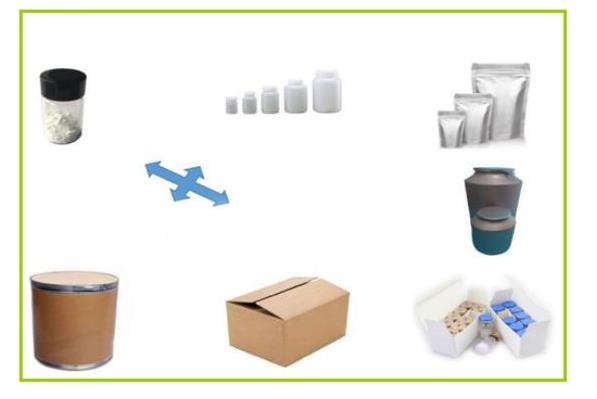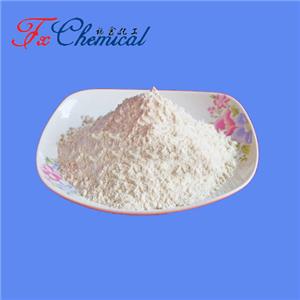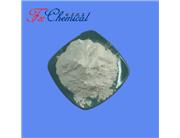What is Glycolaldehyde Dimer?
Glycolaldehyde Dimer is the dimeric form of glycolaldehyde, the simplest sugar (an aldose) and an important intermediate in various chemical and biological processes. In its monomeric form, glycolaldehyde (HOCH2CHO) consists of an aldehyde group (-CHO) and a hydroxyl group (-OH) attached to a two-carbon backbone. Glycolaldehyde tends to form a dimer (two molecules bonded together) through the interaction of its aldehyde groups.
Chemical Structure and Properties
Chemical Formula: (C2H4O2)2
Molecular Weight: Approximately 120.10 g/mol
Structure: The dimeric form is typically formed by the combination of two glycolaldehyde molecules, creating a cyclic or acyclic structure. The most common dimeric structure is the cyclic acetal form.
Appearance: It usually appears as a colorless crystalline solid.
Solubility: Soluble in water and other polar solvents.
Stability: Stable under normal conditions, but it may revert to the monomeric form in aqueous solutions, especially under acidic or basic conditions.
Applications of Glycolaldehyde Dimer
1. Organic Synthesis
Application: Glycolaldehyde dimer is used as an intermediate in organic synthesis, especially in the production of more complex carbohydrates, amino acids, and other biologically active compounds.
Benefits: Its simple structure allows it to be a versatile building block in synthetic chemistry.
2. Prebiotic Chemistry
Application: Glycolaldehyde dimer is of interest in studies of prebiotic chemistry, where it is considered a possible precursor to more complex sugars and nucleotides that could have played a role in the origin of life.
Benefits: Provides insights into the chemical pathways that might have led to the formation of the first biomolecules on early Earth.
3. Biochemical Research
Application: In biochemical research, glycolaldehyde and its dimer are studied for their roles in metabolic pathways and the formation of advanced glycation end-products (AGEs), which are linked to aging and various diseases.
Benefits: Understanding its role in metabolism and AGE formation can help in developing strategies to mitigate oxidative stress and related conditions.
4. Material Science
Application: It may be used as a starting material or precursor in the synthesis of specialized polymers or other materials.
Benefits: The reactivity of glycolaldehyde dimer can be harnessed to create new materials with specific properties.
Safety and Handling
Toxicity: Glycolaldehyde and its dimer are considered to be of low toxicity, but they should still be handled with appropriate safety precautions, such as using gloves and avoiding inhalation or ingestion.
Environmental Impact: Should be disposed of according to local regulations to prevent environmental contamination, especially in large quantities.
Summary
Glycolaldehyde Dimer is a simple, yet significant chemical compound with applications in organic synthesis, prebiotic chemistry, biochemical research, and material science. Its role as an intermediate in the synthesis of more complex molecules makes it a valuable tool in various scientific disciplines. While generally safe to handle, proper precautions should be taken to ensure safe use and disposal.
Package

Shipping

Company information

Contact information


 China
China








